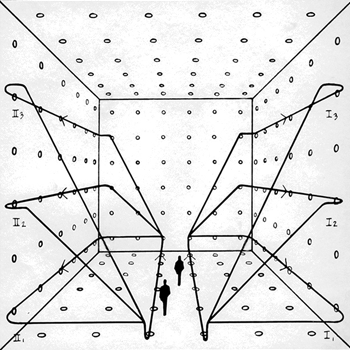The 2-D Taylor Expansion about #(alpha, beta)# is:
# T(x,y)=f(alpha,beta)+(x-alpha )f_(x)(alpha,beta)+(y-beta)f_{y}(alpha,beta)+{1}/{2!} ( (x-alpha)^{2}f_(x x)(alpha,beta)+2(x-alpha)(y-beta)f_{xy}(alpha,beta)+(y-beta)^{2}f_{yy}(alpha,beta) )+\cdots #
We therefore need the following partial derivatives:
#f_x = 4x - 3y + 1, qquad f_x(1,1) = 2#
#f_y = - 3x, qquad f_y(1,1) = -3#
#f_(xy) = f_(yx) = -3, qquad f_(xy) (1,1) = -3#
#f_(x x) = 4, qquad f_(x x)(1,1) = 4#
#f_(yy) = 0, qquad f_(yy)(1,1) = 0#
This means that, working to only the quadratic terms:
# T(x,y) =0+2(x-1 )-3(y-1)+{1}/{2!} ( 4(x-1)^{2}+2(-3)(x-1)(y-1)+0 (y-1)^{2} ) #
# =2x- 2 -3y + 3 + 2x^2 - 4x + 2 - 3xy + 3x + 3y - 3 #
# = x( 2x - 3y + 1 ) #

